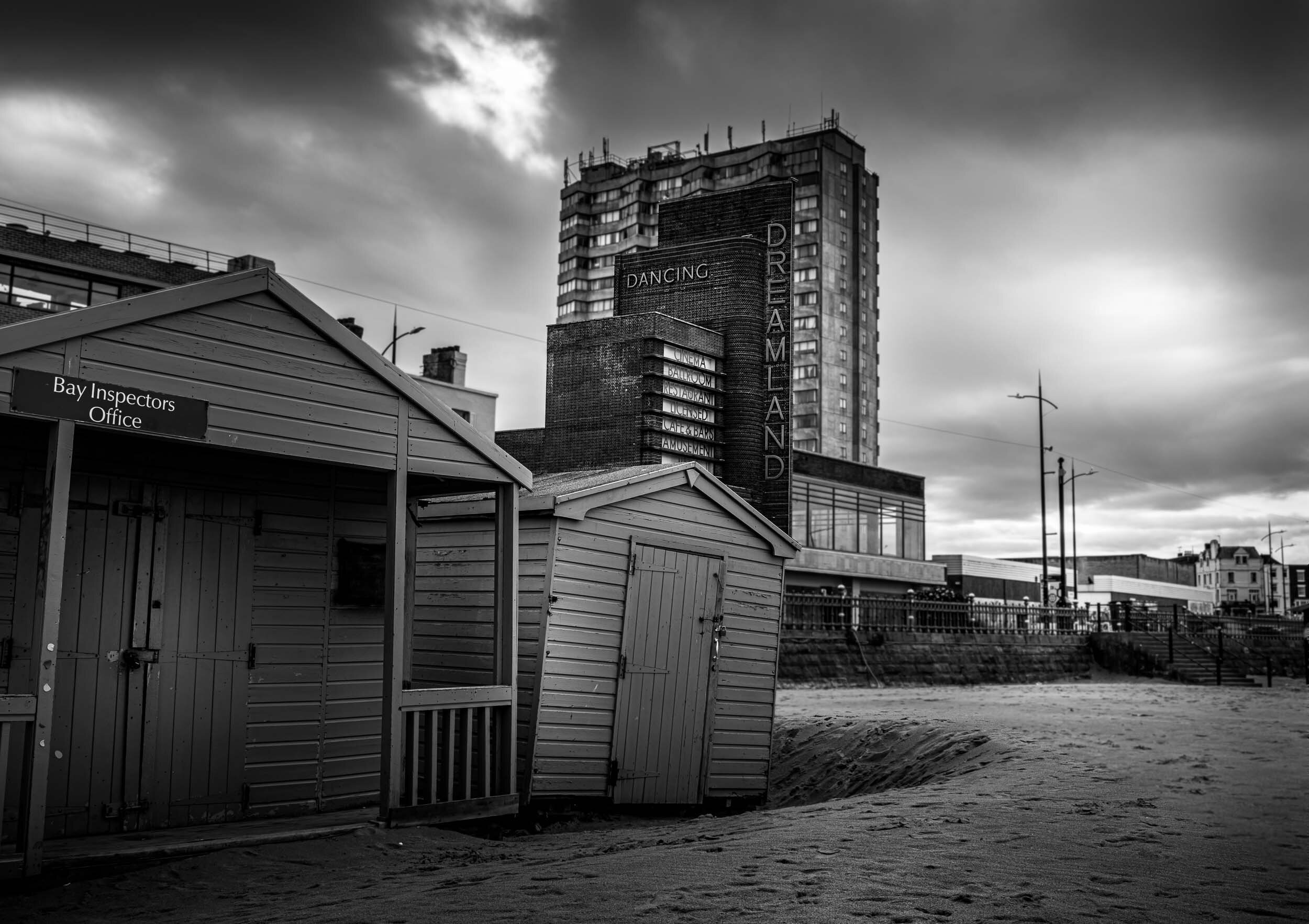The Ultimate Guide To Street Photographers
Table of ContentsThe smart Trick of Street Photographers That Nobody is DiscussingThe Best Guide To Street PhotographersThe Definitive Guide to Street PhotographersThe Street Photographers StatementsGetting The Street Photographers To Work
, a category of photography that documents daily life in a public place. The actual publicness of the setting enables the photographer to take honest photos of strangers, usually without their expertise. Street photographers do not always have a social purpose in mind, yet they choose to isolate and capture moments which could otherwise go undetected.He was affected by many of those that influenced the street photographers of the 1950s and '60s, he was not chiefly interested in recording the spirit of the street., who functioned side by side with digital photographers attempting to capture the essence of city life.

Provided the fine quality of his photographs and the breadth of product, engineers and musicians usually acquired Atget's prints to make use of as referral for their own work, though commercial passions were rarely his primary motivation. Rather, he was driven to picture every last residue of the Paris he liked.
Street Photographers Fundamentals Explained
They reveal the city via his eyes. His work and fundamental understanding of digital photography as an art kind acted as inspiration to generations of professional photographers that complied with. The future generation of street digital photographers, though they likely did not refer to themselves as such, was introduced by the photojournalism of Hungarian-born photographer Andr Kertsz.
Unlike his peers, Brassa made use of a larger-format Voigtlnder video camera with a much longer exposure time, compeling him to be much more computed and thoughtful in his practice than he may have been if using a Leica. (It is believed that he might not have had the ability to afford a Leica during that time, yet he did, nevertheless, make use of one in the late 1950s to take colour photographs.) Brassa's photos of the Paris abyss illuminated by fabricated light were a revelation, and the compilation of the collection that he released, (1933 ), was a major success.
Cartier-Bresson was a champion of the Leica video camera and among the first professional photographers to optimize its capacities. The Leica allowed the professional photographer to engage with the environments and to capture moments as they occurred - Street Photographers. Its reasonably tiny size also helped the professional photographer discolor right into the history, which was Cartier-Bresson's recommended approach
Unknown Facts About Street Photographers
It is as a result of this fundamental understanding of the art of picture taking that he is often credited with discovering the tool around once again roughly a century since its invention. He took pictures for even more than a half century and influenced generations of photographers to trust their eye and intuition in the minute.
These are the concerns I will attempt to address: And then I'll leave you with my very own interpretation of road photography. Yes, we do. Get More Info Let's begin with defining what a definition is: According to it is: "The act of defining, or of making something certain, distinct, or clear".
No, definitely not. The term is both restricting and misdirecting. Appears like a street digital photography need to be pictures of a roads ideal?! And all street digital photographers, other than for a small number of outright beginners, will totally appreciate that a road is not the essential component to street photography, and really if it's a picture of a road with maybe a couple of boring individuals doing nothing of passion, that's not street digital photography that's find out here now a snapshot of a street.
He makes a legitimate point do not you think? While I agree with him I'm not certain "honest public photography" will certainly capture on (although I do kind of like the term "candid photography") due to the fact that "street photography" has actually been around for a lengthy time, with many masters' names connected to it, so I think the term is below to stay.
The Street Photographers Ideas
You can fire at the coastline, at a celebration, in an alley, in a park, in a piazza, in a coffee shop, at a gallery or art gallery, in a metro terminal, at an event, on a bridge, under a bridge ...
Yes, I'm afraid we worried no choice! Without policies we can not have a definition, and without a meaning we do not have a category, and without a style we don't have anything to specify what we do, and so we are stuck in a "guidelines interpretation genre" loophole! - Street Photographers
Street Photographers for Beginners
